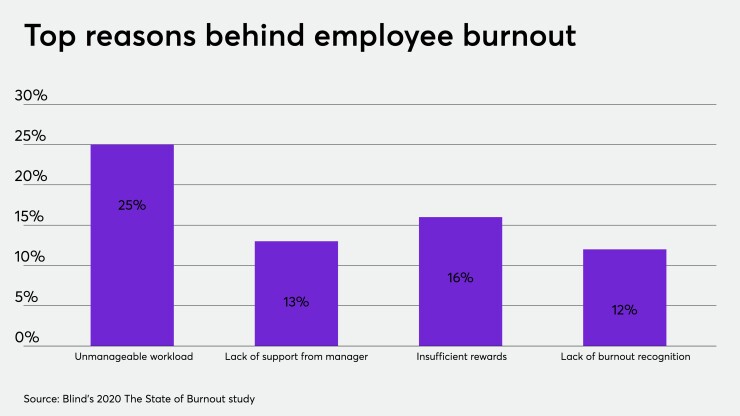As a psychologist, I have provided both traditional face-to-face and virtual cognitive behavioral therapy (CBT) for patients while leading the implementation of
Meeting the need: It’s about accessibility
The impact of COVID-19 on employee mental health has been severe, and benefits managers are all too aware of its effect on the workforce. Productivity is suffering as the stresses on disrupted lives have led to increases in absenteeism and presenteeism, and retention, too, has been adversely affected. The increase in mental health symptoms — anxiety, sleeplessness, eating disorders, drug use — has generated a greater awareness of the need for intervention, and the rise in prevalence has led employers to search how to engage more employees effectively and measurably. Even prior to the pandemic,
Read more:
Accessibility to evidence-based CBT is the linchpin to addressing the mental health engagement gap. However, employers have a blind spot regarding choice. They believe that the gold standard is still face-to-face talk-based therapies. Certainly, traditional CBT helps many patients. But that’s not the issue here. Many people won’t or can’t access in-person therapy and prefer a more immediate and convenient therapeutic approach that isn’t restricted by incomes, schedule, geography or the stigma associated with an office visit.
Evidence in a new format
The explosion of telehealth during the pandemic has fundamentally changed how people seek and receive care.
What you should know
As it is with in-person therapists, all DTx are not the same. Patients stick with therapists for all sorts of reasons, from the clinical to the logistical: I feel better after a session; my therapist listens to me; they enable me to see things in a new way; the time works for me; I like the magazines in the waiting room. The same is true for digital mental health solutions (except for the magazines). The clinical outcomes — recognition and resolution of problematic behaviors, development of CBT skills to better manage symptoms — are imperative and among the essential criteria for employer investment. Most therapists, in fact, do not measure outcomes. Conversely, the evidence-based attributes of CBT — structured intervention, frequent monitoring and measuring — are amenable to digital formats, which can in some ways more easily provide structural elements including measurement tools and real-time ‘homework’ support. It’s really the tools more than the talk that can make a difference.
To produce measurable outcomes, the delivery of the mental health solution has to work for patient preferences if the promise of scalable digital intervention can be realized and close a company’s mental health engagement gap. But, first, the evidence has to be verified. Given that high bar, how do employers evaluate and compare clinical evidence to choose what will work best for their workforce? The following five questions are a solid guide:
1. Has the specific service or solution, not just the category (i.e., CBT), been tested in a randomized controlled trial?
2. Has clinical research on the solution been published in independent, peer-reviewed journals?
3. What percentage of participants experienced remission in their mental health symptom(s)?
4. What was the effect size of the primary outcome and was it between-groups or within-groups?
5. In what types of populations has your solution been tested?
In addition,
As we move to a post-pandemic world, the need to address the mental health issues that surfaced during the crisis will continue, as will the expectations of the workforce for accessible and effective solutions. Planning for that pending reality now will be vital to providing access to therapies that can engage more people in the treatment of their mental health.






